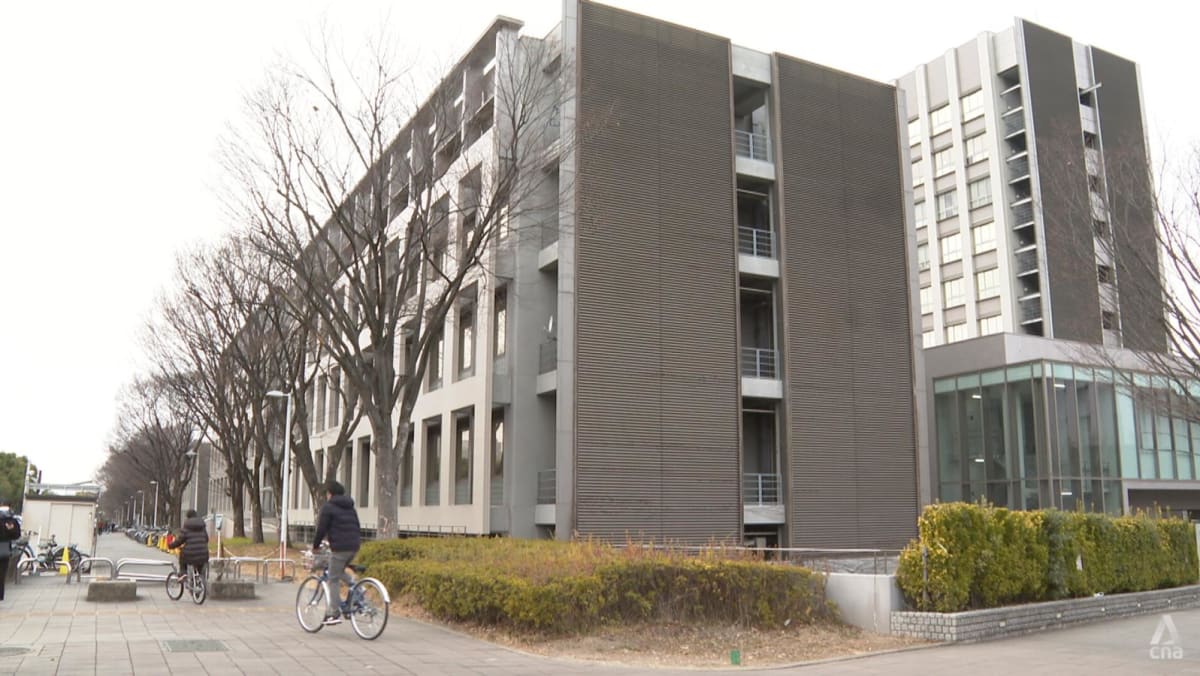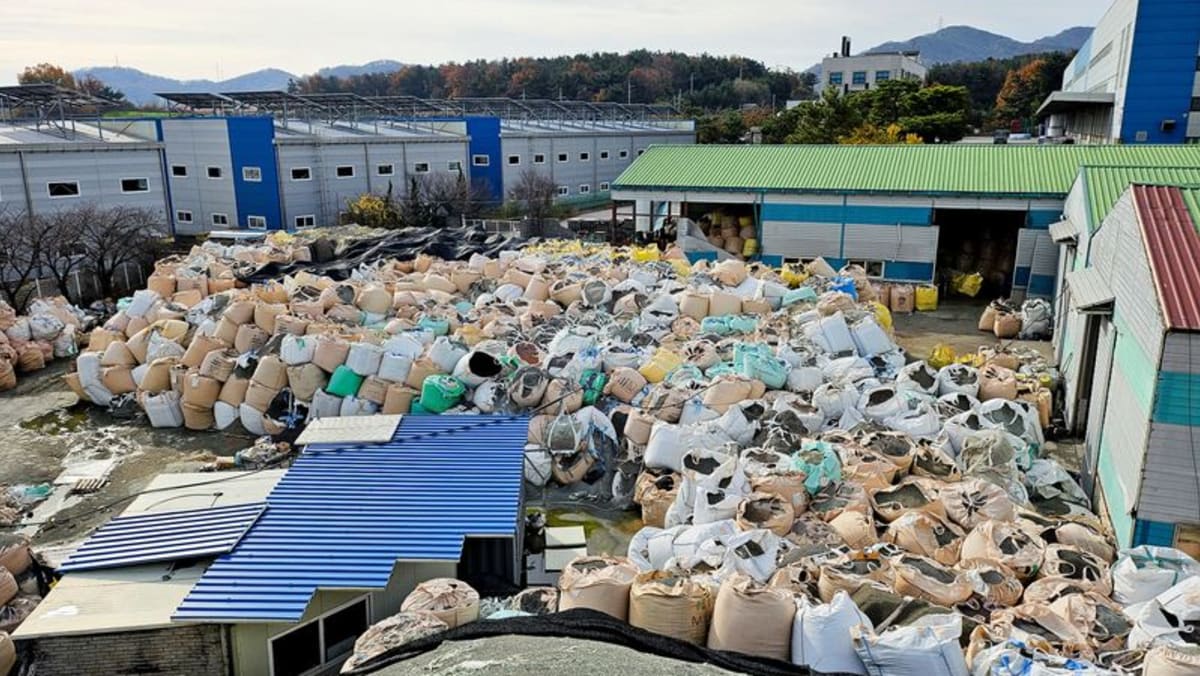Japan has at least 15 Nobel Prizes, but scientists fear the decline of country’s research industry

WHY NAGOYA UNIVERSITY IS SPECIAL
Nagoya University’s ability to inspire future Nobel Laureates achievements is because of its conducive conditions, its president Professor Naoshi Sugiyama told CNA.
“We have an environment where we can freely discuss with each other. Japanese society is known to be hierarchical — a professor is like a very, very great person, while students are like slaves. But it’s not the case in this university,” he said.
Prof Sugiyama, who is also a respected physicist, began his six-year tenure in April 2022. He said his mission is to make Nagoya University an institute of choice for the world’s best minds as he expects more Nobel-winning research to be done there.
“We’d like to get the best graduates, best junior faculties, best professors. For that we have to change our environment into English if we want to get the top professors from the US or even from Singapore,” he said.
Salaries will also have to be doubled, he said, adding that such reforms to make the institution “truly internationally competitive” have begun.
THE BEGINNING OF LED LIGHTING
One of Nagoya University’s brightest stars is Professor Hiroshi Amano.
He was awarded a Nobel Prize in physics in 2014 for inventing the light-emitting diode (LED), a semiconductor device which enables bright and energy-saving white light sources.
LED lighting products, which are now commonly used worldwide, produce light up to 90 per cent more efficiently than incandescent light bulbs.
With about one-fourth of world electricity consumption used for lighting purposes, the highly energy-efficient LED contributes to enormous savings in energy as countries confront a climate crisis.
Source: CNA















